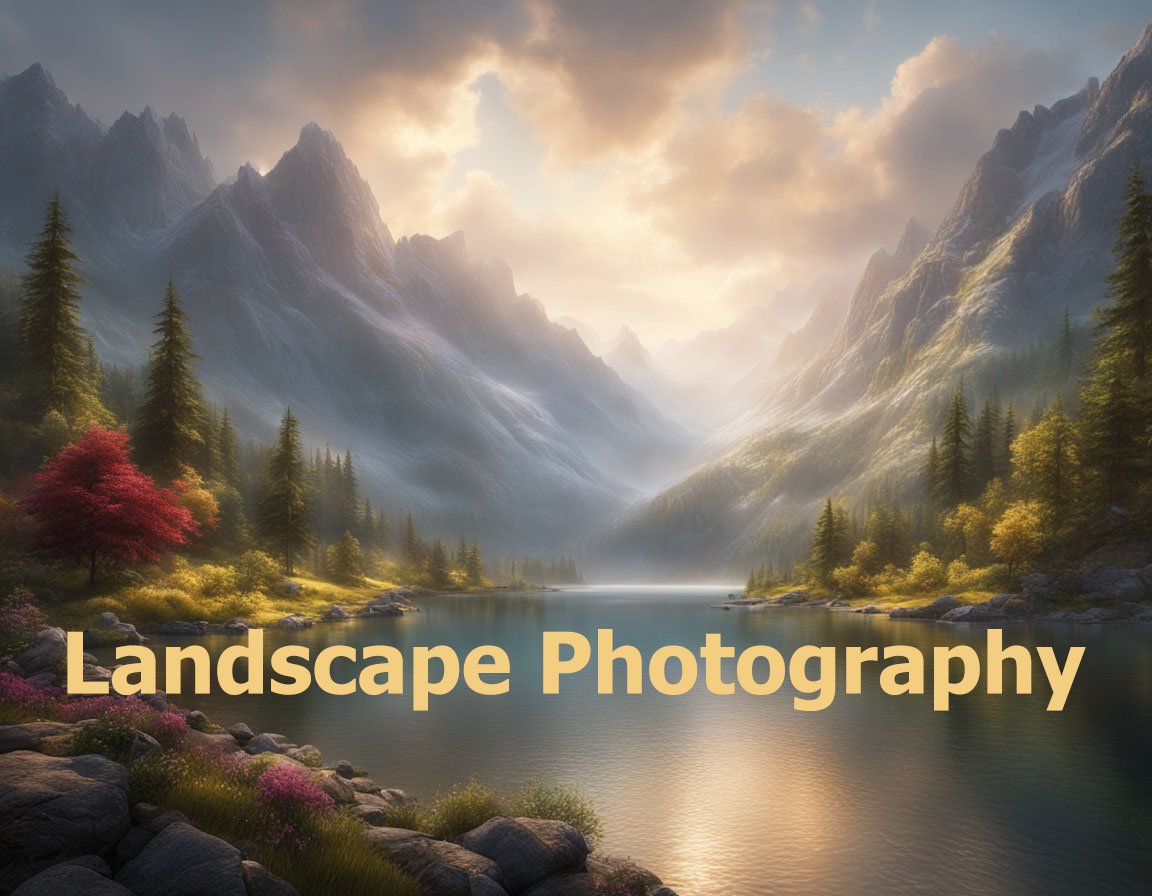Creating a sense of depth and dimension in landscape photography is key to enhancing visual interest and captivating viewers. Landscape images often fall flat due to the inherent limitations of translating a three-dimensional scene into a two-dimensional medium. However, by mastering a few techniques, photographers can effectively convey the expanse and grandeur of the landscapes they capture.
The first strategy to consider is the use of leading lines. These are natural or man-made lines within a scene that guide the viewer’s eye through the composition and create an illusion of depth. Paths, rivers, fences, or even shadows can act as leading lines, directing attention from the foreground into the distance. When framing your shot, look for these natural guides and position them to start from one of the foreground corners of your image, leading toward the main subject or the horizon.
Another powerful tool is the use of foreground interest, which involves including objects or features in the immediate foreground of your shot. This technique not only provides a scale but also adds layers to your composition. Rocks, flowers, or fallen leaves can serve as excellent foreground elements. When paired with a midground and background, these layers create a rich tapestry that the viewer can visually explore.
A practical technique to enhance the perception of depth is the careful selection of the aperture. Using a small aperture (large f-number, such as f/16 or f/22) increases the depth of field, bringing more of the scene into clear focus. This clarity from foreground to background is essential in landscape photography, allowing viewers to appreciate the intricate details across the composition.
Incorporating atmospheric conditions can further amplify depth. Weather elements like fog, mist, or rain create a natural gradient that adds separation among different layers of the landscape. Capturing the early morning mist lifting across a valley or the haziness created by distant rain can introduce a sense of mystery and depth.
Light and shadows also play crucial roles in creating dimensionality. The golden hours shortly after sunrise and before sunset provide directional light that adds contrast and texture. This low-angle lighting accentuates the contours of the terrain, revealing patterns and forms that midday light would otherwise flatten. Additionally, shadows cast by hills, trees, or clouds contribute to the perception of depth, carving out distinct forms and adding drama to your landscape images.
Utilizing a wide-angle lens can significantly enhance the depth in landscape photography. These lenses inherently exaggerate the distance between near and far objects, making the foreground appear larger and thus emphasizing the depth of the scene. When using a wide-angle lens, get as low and close to your foreground subject as possible to maximize this effect.
Understanding and applying the principle of perspective is another technique. A high vantage point provides an expansive view, allowing the viewer to peer across the land and appreciate the depth of the scene. Conversely, a low angle closes the gap between the foreground and background, still retaining depth while focusing on particular elements of interest.
Color and tonal contrast offer additional opportunities for creating depth and dimension. Vivid colors appear closer than muted hues, while warm colors advance toward the viewer, and cool colors recede. Incorporating color contrasts, such as a bright red flower against a lush green field, can pull forward important details. Additionally, having a tonal shift, where darker tones are in the foreground transitioning to lighter tones in the background, promotes a sense of distance.
Another subtle yet effective technique is to create overlapping elements. When photographing scenes where objects naturally overlap, such as mountain ranges or layers of hills, position yourself such that these elements slightly obscure each other. This overlap visually indicates which elements are further away, enhancing depth perception.
Finally, post-processing can also aid in enhancing depth. Techniques such as dodging and burning, where selected areas are lightened or darkened, can add contrast and focus to specific areas, enhancing the three-dimensional feel. Similarly, adjusting the clarity and sharpness of the foreground more than the background can subtly emphasize depth.
Incorporating these techniques seamlessly requires practice and an understanding of how they interact within a scene. By thoughtfully considering composition, light, and post-processing, photographers can transform their landscape images, offering their audience not just a glimpse but an immersive journey through the spaces they capture.


